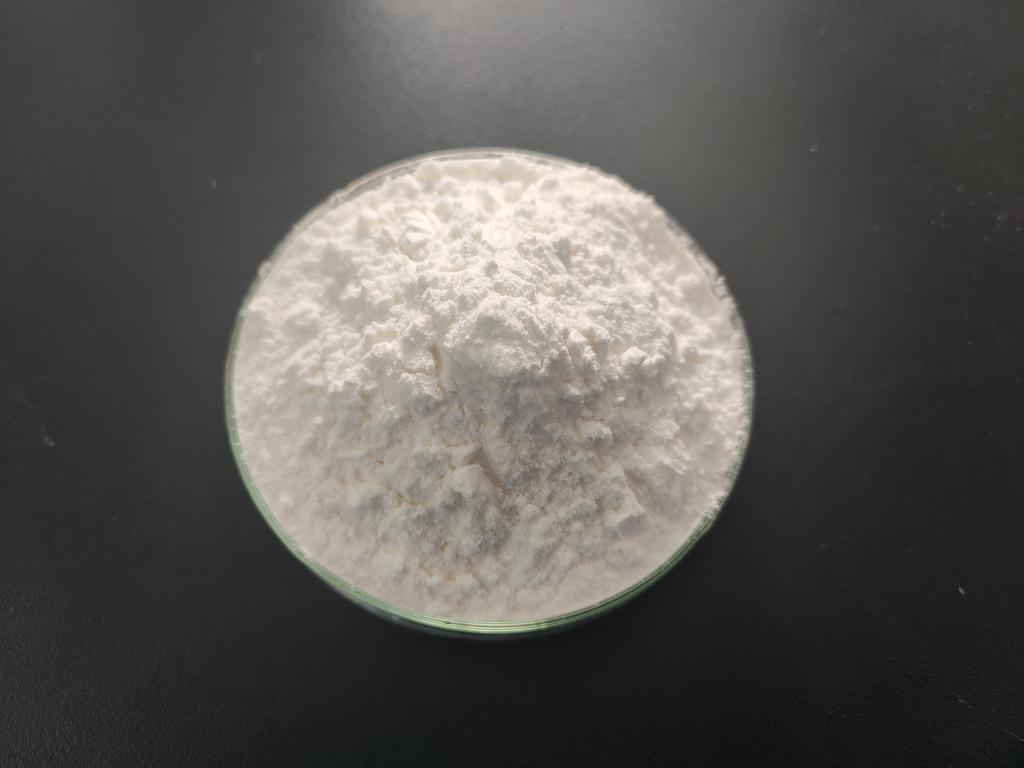Tel:+8618231198596

News
 CONTACT
CONTACT
 CONTACT
CONTACT
- Linkman:Linda Yao
- Tel: +8618231198596
- Email:linda.yao@dcpharma.cn
- Linkman:CHARLES.WANG
- Department:Overseas
- Tel: 0086 0311-85537378 0086 0311-85539701
News
Current Position:
Home >
News
>ε-Polylysine Hydrochloride: An Asset in Post-Harvest Preservation Strategies.
ε-Polylysine Hydrochloride: An Asset in Post-Harvest Preservation Strategies.
TIME:2023-09-08
Section 1: Understanding ε-Polylysine Hydrochloride
1.1 What is ε-Polylysine Hydrochloride?
ε-Polylysine hydrochloride, often referred to simply as ε-Polylysine, is a naturally occurring biopolymer composed of L-lysine units linked together by peptide bonds. It is produced by the bacterium Streptomyces albulus during fermentation. ε-Polylysine has been widely used in the food industry, primarily in Japan, as a safe and effective antimicrobial agent and preservative.
1.2 Key Properties of ε-Polylysine Hydrochloride
ε-Polylysine hydrochloride possesses several properties that make it a valuable asset in post-harvest preservation:
Antimicrobial Activity: ε-Polylysine exhibits strong antimicrobial activity against a broad spectrum of microorganisms, including bacteria, yeasts, and molds. This property is crucial for preventing spoilage and extending the shelf life of various food products.
Natural Origin: In an era where consumers demand natural and clean-label ingredients, ε-Polylysine's origin from fermentation aligns with these preferences.
Low Toxicity: ε-Polylysine has a low toxicity profile and is considered safe for consumption when used within regulatory guidelines.
Section 2: Mechanisms of Action
2.1 Antimicrobial Mechanisms
ε-Polylysine hydrochloride exerts its antimicrobial effects through multiple mechanisms:
Cell Membrane Disruption: ε-Polylysine disrupts microbial cell membranes, leading to the leakage of intracellular components and ultimately cell death.
Inhibition of Enzymes: ε-Polylysine can inhibit microbial enzymes, interfering with their ability to function properly.
DNA and RNA Binding: ε-Polylysine can interact with microbial DNA and RNA, disrupting essential genetic processes.
2.2 Resistance and Cross-Resistance
One significant advantage of ε-Polylysine is that it is less prone to resistance development compared to traditional chemical preservatives. Additionally, cross-resistance to ε-Polylysine is rare, making it effective against a wide range of microorganisms.
Section 3: Applications in Post-Harvest Preservation
3.1 Fresh Produce
Fruit and Vegetable Preservation: ε-Polylysine can be used to extend the shelf life of fresh produce by inhibiting the growth of spoilage microorganisms and pathogens.
Sprout Inhibition: ε-Polylysine can help prevent the sprouting of potatoes and onions during storage.
3.2 Meat and Seafood
Meat Preservation: ε-Polylysine is effective in controlling spoilage bacteria and extending the freshness of meat products.
Seafood: It can inhibit the growth of bacteria, yeasts, and molds in seafood, enhancing product safety and quality.
3.3 Dairy Products
Cheese: ε-Polylysine can prevent the growth of undesirable molds on the surface of cheese, allowing for longer aging periods and enhanced flavor development.
Yogurt: It can be used to inhibit the growth of spoilage bacteria and extend the shelf life of yogurt.
3.4 Baked Goods
Bakery Products: ε-Polylysine is employed to prevent mold growth in baked goods, such as bread, cakes, and pastries.
3.5 Beverage Industry
Wine and Beer: ε-Polylysine can be utilized to control yeast and bacterial contamination in wine and beer production.
Section 4: Challenges and Considerations
4.1 Regulatory Compliance
The use of ε-Polylysine hydrochloride in food products is subject to regulatory approval in different regions. Manufacturers must ensure compliance with local and international food safety regulations.
4.2 Formulation and Stability
The stability of ε-Polylysine in various formulations and environmental conditions must be considered to ensure its effectiveness over time.
4.3 Consumer Perception
Consumer education is vital to inform individuals about ε-Polylysine's safety and benefits in preserving food. Clear labeling and transparent communication are essential in building consumer trust.
Section 5: Future Prospects and Conclusion
ε-Polylysine hydrochloride is poised to play an increasingly important role in post-harvest preservation, addressing the global challenge of reducing food waste and enhancing food safety. As consumer demand for natural and effective preservatives grows, ε-Polylysine's presence in the food industry is likely to expand.
Future research and development efforts may focus on:
Optimizing Formulations: Developing ε-Polylysine-containing formulations that maximize its stability and effectiveness across different food products.
Regulatory Approvals: Seeking regulatory approvals in additional regions to expand the use of ε-Polylysine in various food applications.
In conclusion, ε-Polylysine hydrochloride holds promise as a valuable asset in post-harvest preservation strategies. Its natural origin, antimicrobial properties, and low potential for resistance make it an attractive choice for the food industry. With continued research and innovation, ε-Polylysine is poised to contribute significantly to reducing food waste and enhancing food safety worldwide.
- Tel:+8618231198596
- Whatsapp:18231198596
- Chat With Skype







